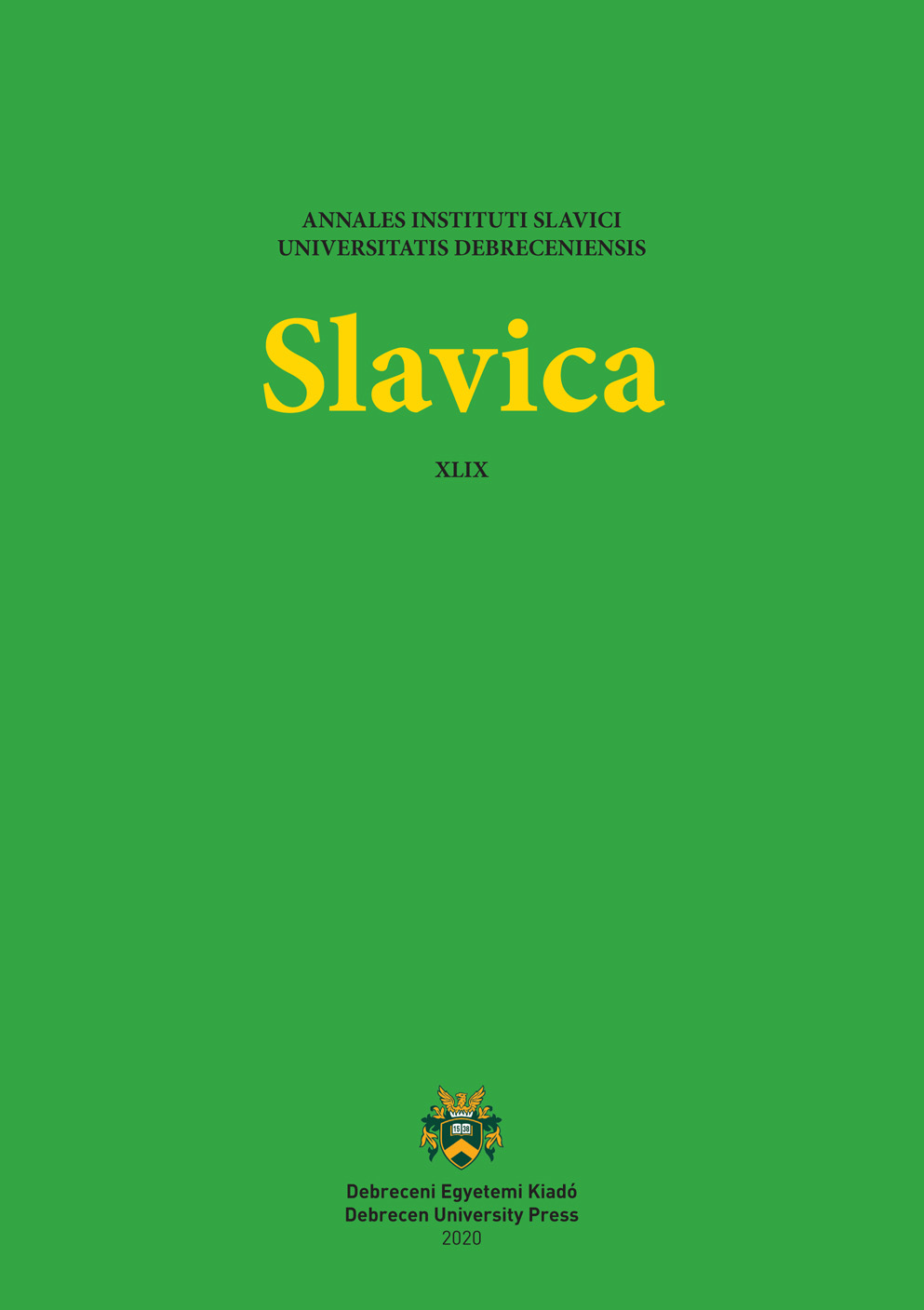«Chekhov’s Stage Set»: «The Cherry Orchard» in the Russian Poetry of the 20th – Early 21st Century
Authors
View
Keywords
License
Copyright (c) 2020 Slavica

This work is licensed under a Creative Commons Attribution-NonCommercial 4.0 International License.
This is an open access article distributed under the terms of the Creative Commons Attribution License (CC BY-NC 4.0), which permits unrestricted use, distribution, and reproduction in any medium, provided the original author and source are credited.
How To Cite
Abstract
Chekhov’s text is one of the most significant constituents of the Russian poetry of the 20th – early 21st centuries. The one most frequently alluded to is the play by Chekhov – «The Cherry Orchard». The play written at the break of historical epochs turns out to be in tunes with the times of another turning-point. This fact conditions the allusion to the Chekhov’s text in a poem «The Young Poetry» by V. Kornilov. The main feature of the crucial time period in the poem is the category of freedom, unexpectedly granted during the historical turn and change. The key theme, which determines the historiosophical sense of the text, is a quotation from «The Cherry Orchard», a dialogue between Gaev and Fiers. I. Kabysh perceives the Chekhov’s play both mythopoetically and symbolically in such poems as «How Niveous-White Everything Is in Russia Today! » and «The Snow Started to Fall Without Delays». She introduces a different time into the text, models the reality after the events described in «The Cherry Orchard» and interpreted by the author of the poem in the lower clef (as in «crumbled estate»). The loss of the Garden, its disintegration, the loss of entity, is a gradual, step by step, process – into dachas, then into dust; that is the way the motif of vanishing space and culture appears.

 https://doi.org/10.31034/049.2020.07
https://doi.org/10.31034/049.2020.07